Wetenschappers in 2020 weer naar Spitsbergen om gevolgen versnelde klimaatopwarming in beeld te brengen
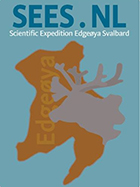
Vijf jaar na de succesvolle SEES expeditie in 2015, leiden RUG-onderzoekers dr. Maarten Loonen, Frits Steenhuisen en dr. Annette Scheepstra weer een grote onderzoeksexpeditie naar het poolgebied. Klimaatverandering gaat rond de Noordpool momenteel erg snel: een nieuwe wetenschappelijke expeditie naar het eiland Edgeøya, aan de oostkant van Spitsbergen, is nodig om de ecologische gevolgen vast te leggen. SEES 2020 vindt plaats van 3 tot 12 augustus 2020. Het Arctisch Centrum van de Rijksuniversiteit Groningen is initiatiefnemer van de expeditie, die door NWO, het Ministerie van Buitenlandse Zaken en Oceanwide Expeditions wordt gesteund. Aan boord net als in 2015 vooral veel poolonderzoekers van verschillende instituten. Maarten Loonen is trots: “We gaan het weer doen: de grootste Nederlandse poolexpeditie ooit in de herhaling. Nieuw is dat we deze keer ook veel ruimte bieden aan jonge onderzoekers; promovendi en postdocs kunnen een onderzoeksplan indienen.”
Edgeøya is een van de meest afgelegen wildernissen, met een zeer hoge populatie ijsberen. Van 1968 tot 1988 was er een Nederlands station op het eiland dat veel ecologische gegevens heeft verzameld. In 2015 bezocht SEES (Scientific Expedition Edgeøa Spitsbergen) de plek met vijftig wetenschappers om veranderingen in kaart te brengen. De resultaten gaven een grote versnelling in de klimaatopwarming aan. Sindsdien is de opwarming op deze plek al 1.5 graad, en is het 100 maanden achter elkaar warmer dan normaal geweest.
Ecologische veranderingen
De drie onderzoekers van de RUG hebben zich de afgelopen jaren ingezet om deze tweede SEES expeditie van de grond te krijgen. Zelf verblijven zij regelmatig in het poolstation van de RUG in Ny-Ålesund op Spitsbergen. Uit statistieken en grafieken is af te lezen dat de temperatuur op Spitsbergen veel sneller stijgt dan elders. Een nieuwe expeditie naar Edgeøya is nodig om een beter inzicht in de gevolgen van versnelde klimaatopwarming voor landschap en biodiversiteit te verkrijgen.
Loonen: “Grafieken laten me niet los, ik kijk er de hele dag naar. Klimaatstatistieken tonen vaak het gemiddelde van de afgelopen 30 jaar. Maar daar zit al een stuk opwarming in verdisconteerd. Je referentiekader verschuift op die manier.” De belangrijkste doelstellingen van de SEES 2020 expeditie zijn mede daarom: veel gegevens verzamelen om ecologische consequenties van klimaatverandering in beeld te brengen, de samenwerking tussen poolonderzoekers verbeteren door workshops te organiseren, de wetenschappelijke publicaties na de expeditie beter borgen, én de kennis van het Nederlandse publiek over de gevolgen van klimaatverandering vergroten.
Deelnemers
Biologen, archeologen, geologen, glaciologen en klimaatwetenschappers van de RUG, Wageningen University & Research, Universiteit Utrecht, Vrije Universiteit, en het NIOZ maken het grootste deel van de expeditiegroep uit. Daarnaast is er plek voor niet-Nederlandse onderzoekers, journalisten en betalende toeristen. Met het schip m/v Ortelius van Oceanwide Expeditions vaart de groep vanaf Longyearbyen op Spitsbergen naar Edgeøya. Met 24 uur daglicht kan de hele dag met rubberboten op het eiland geland worden voor het verzamelen van gegevens en verkenningen. Op de Ortelius zijn teams ondertussen bezig de verzamelde informatie te verwerken in databestanden, kaarten en in het speciaal voor de expeditie opgezette laboratorium.
Waarom Nederlands onderzoek?
Nederland heeft een historische band met het eiland Spitsbergen dat door de Willem Barentsz is ontdekt. De geschiedenis van Nederlanders op het eiland is nog terug te vinden in de sporen van mijnbouw en walvisvaart. Ook zijn er nog veel graven van walvisvaarders. Via de trekvogels is Nederland twee keer per jaar verbonden met Spitsbergen en het poolgebied.
De Rijksuniversiteit Groningen heeft een goede internationale reputatie in poolonderzoek met onder andere het multidisciplinaire Arctisch Centrum. Dat bestaat in 2020 50 jaar.
Meer informatie
- website SEES
- Arctisch Centrum
- Meer over dr. Maarten Loonen of volg @MaartenLoonen op Twitter
- Interesse in deelname als particulier? Schrijf je in voor de SEES nieuwsbrief of mail seespits gmail.com
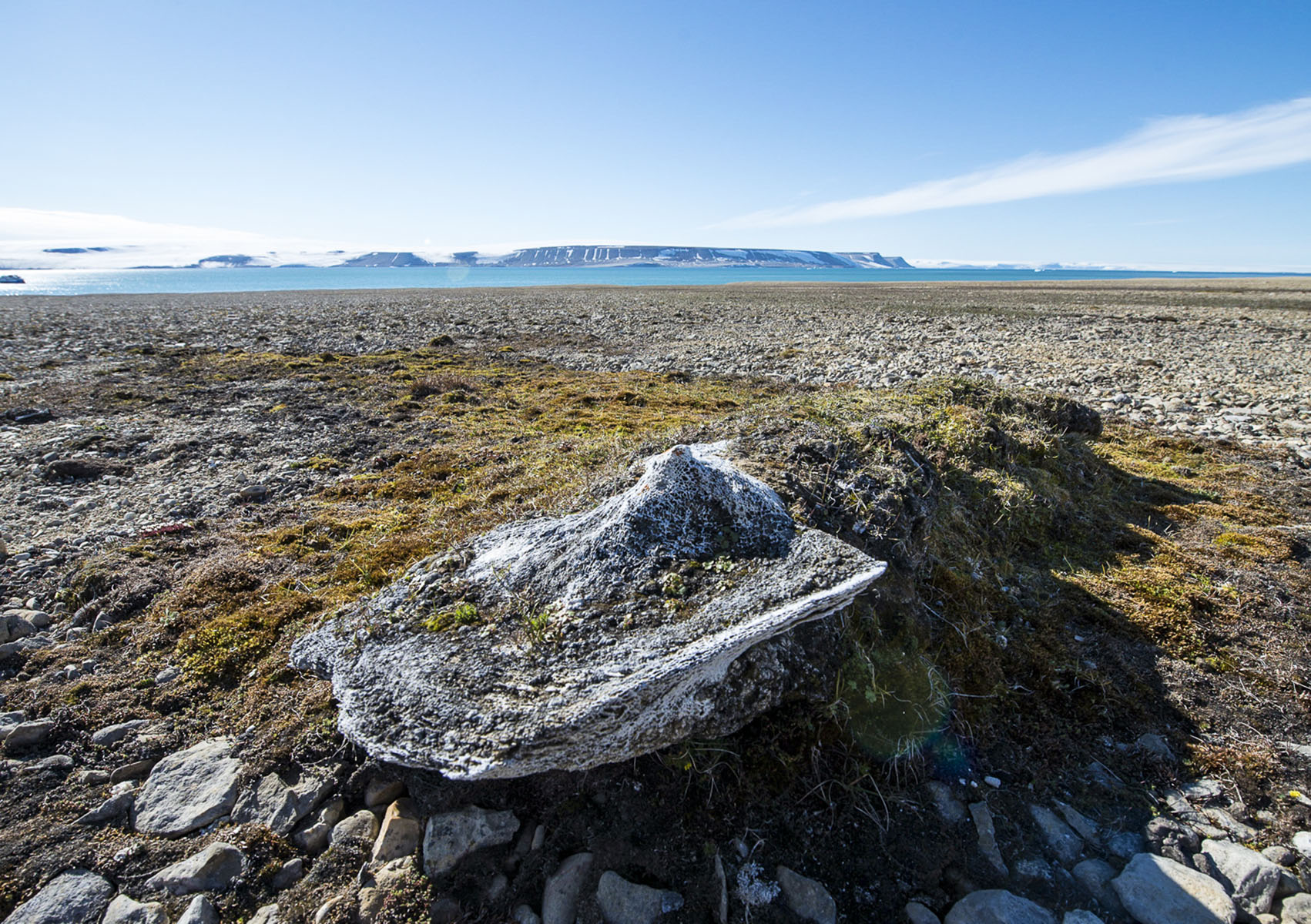
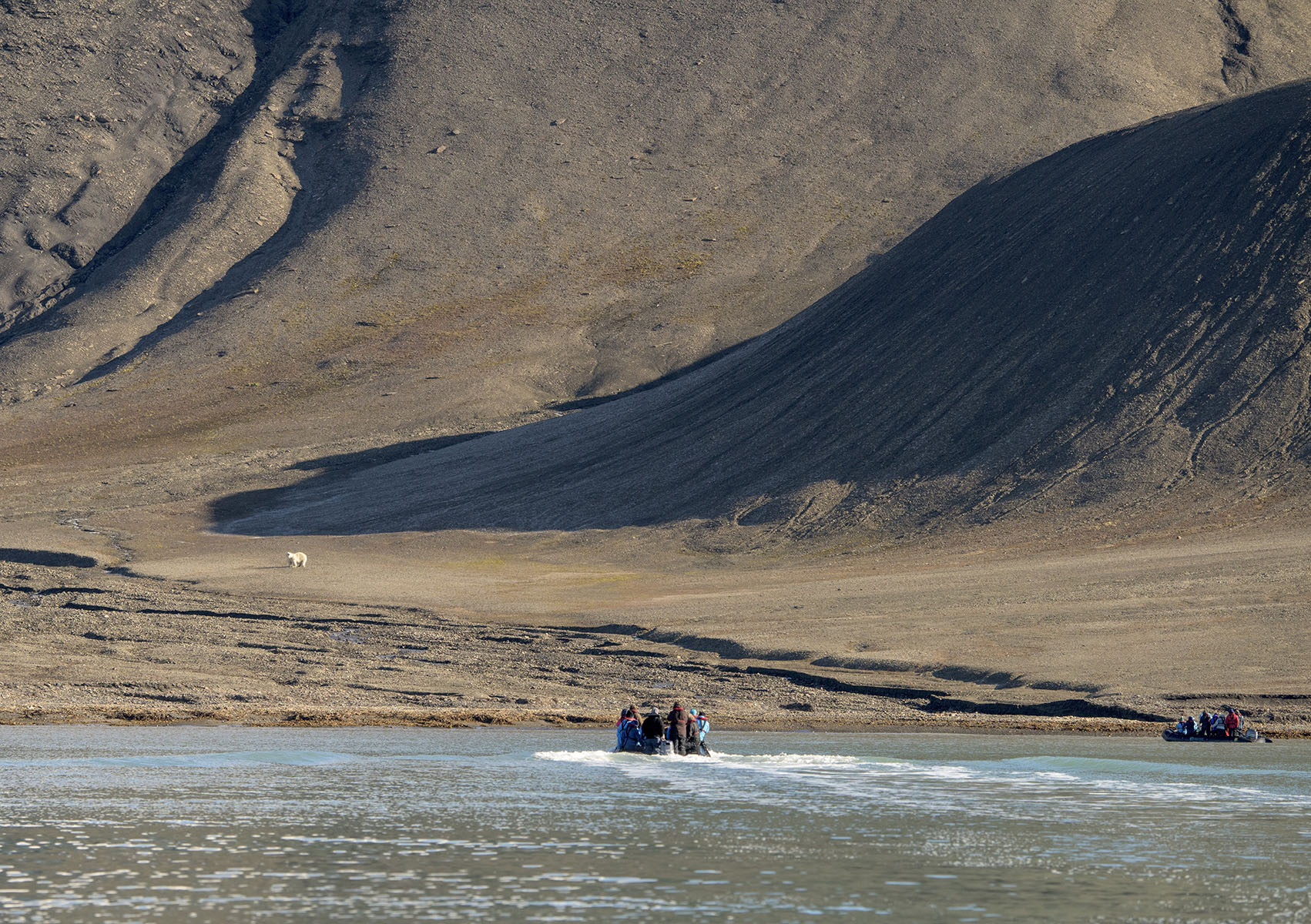
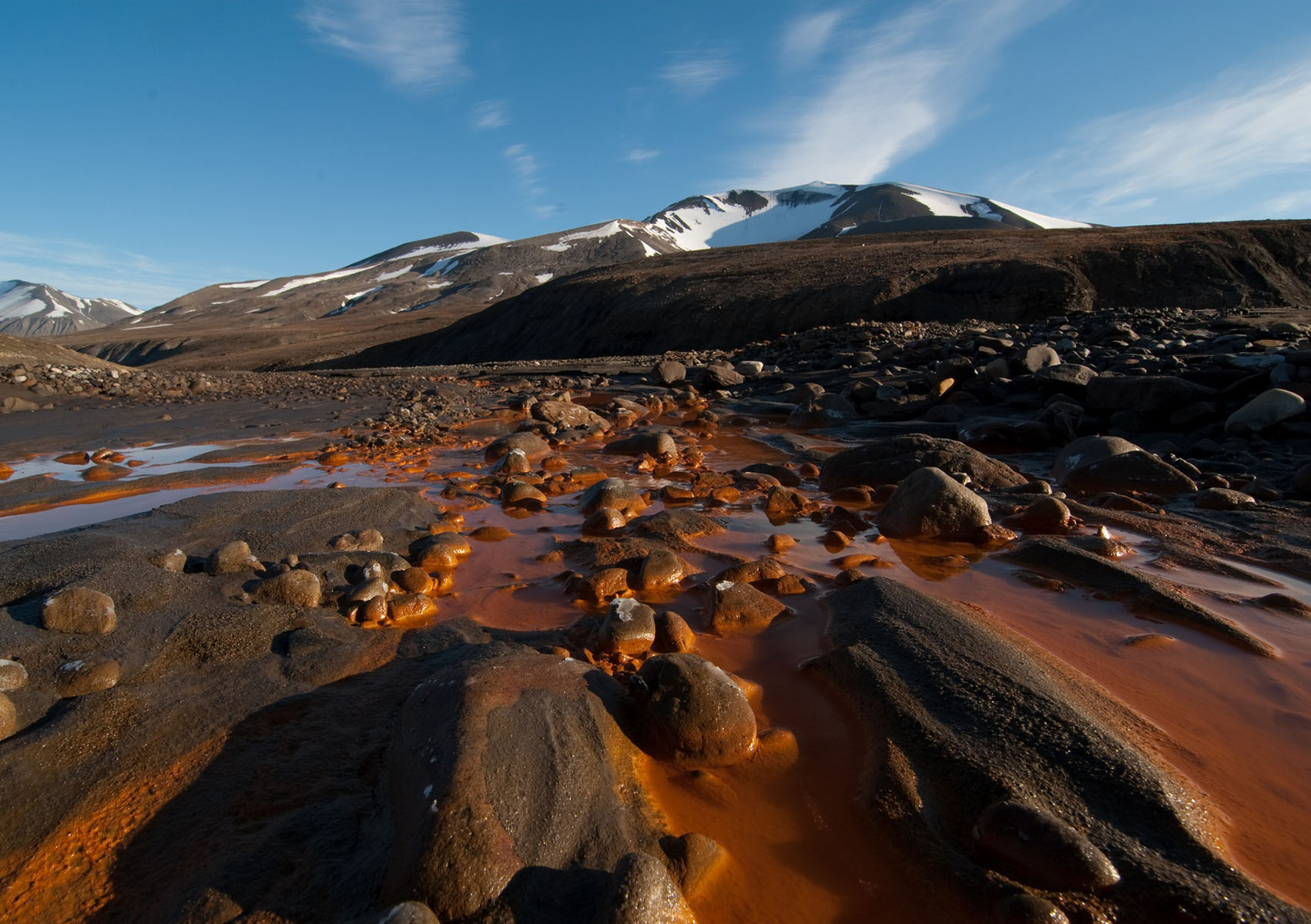
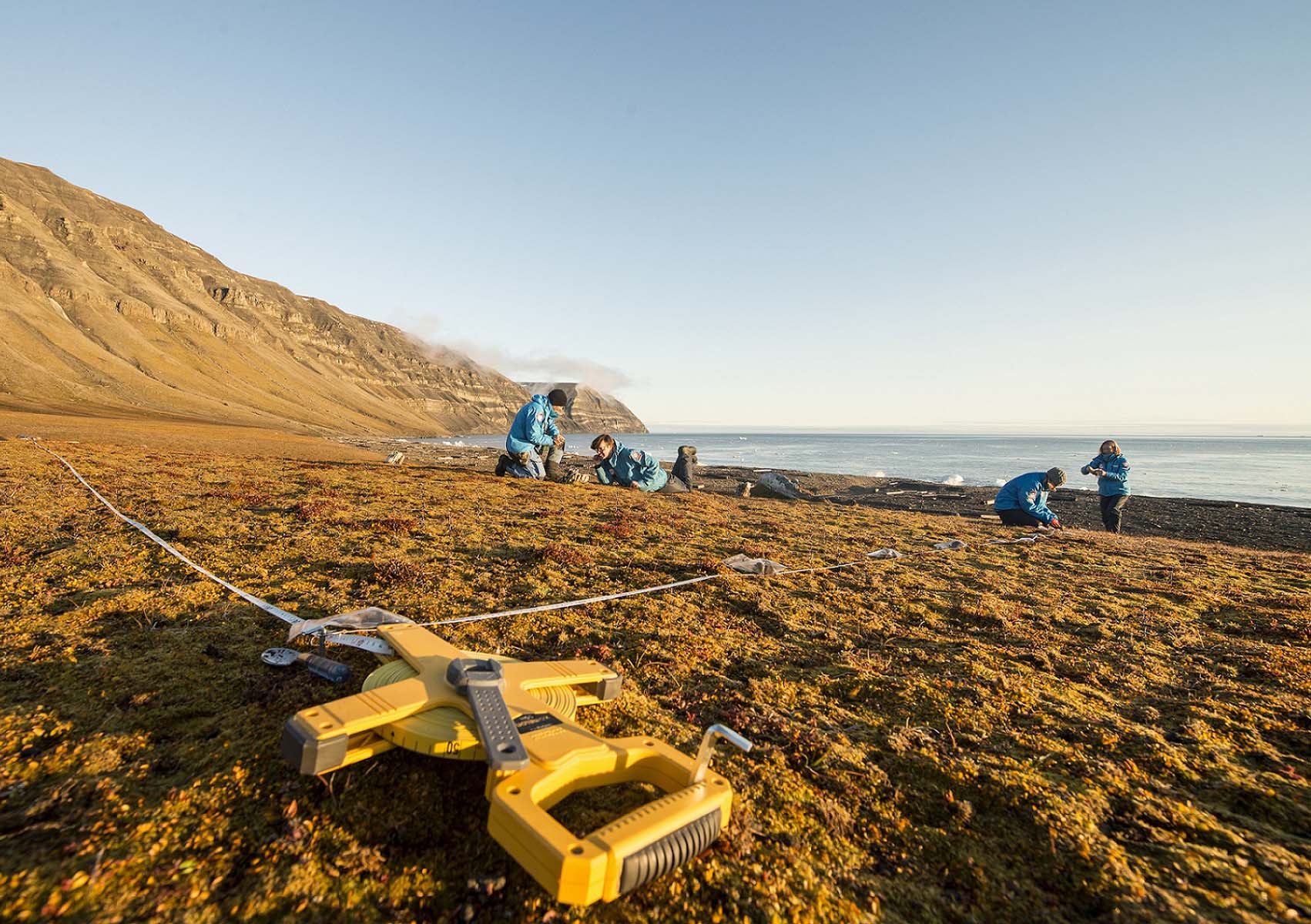
Meer nieuws
-
16 december 2025
Hoe AI mensen met taalstoornissen kan helpen hun spraak te vinden
-
18 november 2025
Een wifebeater? Hoe taal schadelijke ideeën versterkt
-
03 november 2025
Menopauze in perspectief: Hoe de media onze beleving beïnvloeden
